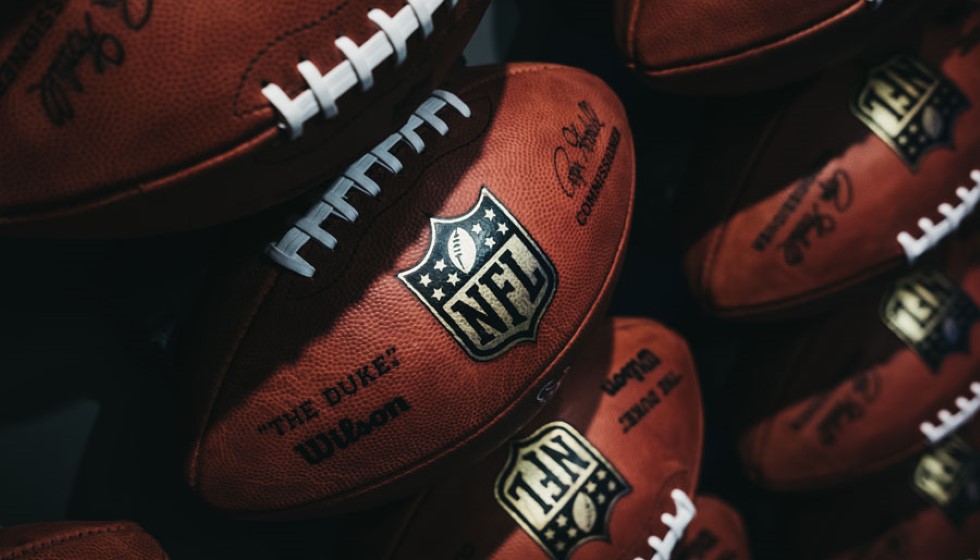
The NFL's introduction of guardian caps this offseason has generated a mix of responses from players and fans alike. These optional helmet additions are designed with a padded, soft-shell layer intended to reduce the risk and severity of concussions, a persistent concern in the high-impact sport of football. Studies over the past two seasons have lauded the effectiveness of these guardian caps, showing a notable decrease in concussion numbers when players wear them.
Impact on Player Safety
The implementation of guardian caps has shown promising results in enhancing player safety. The data indicates a 10% reduction in the severity of player impacts when a single player wears a guardian cap. This figure becomes even more impressive when both players in a collision sport the caps, with an impact reduction of at least 20%. These percentages reflect significant improvements and paint a hopeful picture for the ongoing battle against concussions in the NFL.
This initiative underscores the league's commitment to player safety, aligning with broader efforts to address the detrimental long-term effects of repeated head traumas. The evidence supporting the effectiveness of guardian caps serves as a compelling argument for their potential mandate in future seasons.
Balancing Safety and Style
However, not all players are enthusiastic about these new additions to their gear. Philadelphia Eagles cornerback Darius Slay has been vocal about his distaste for guardian caps, particularly regarding their impact on personal style and 'swag.' "Oh I can't stand them. It impact my swag," he remarked candidly. Slay’s sentiment reflects a broader cultural tension within the league, where the aesthetics of uniform and personal branding hold substantial value for players.
Slay continued, "My game is part of my swag. If I ain't looking the part, I can't feel the part. They have me looking very ugly out there with that big ol' cap on the head." This comment highlights a potential psychological component affecting performance and morale, stemming from altered appearance and self-perception on the field. The conflict between maintaining player safety and honoring players' identity and self-expression is clearly illustrated in Slay's candid statements.
Aesthetic Adjustments
In an effort to mitigate aesthetic concerns, the NFL has introduced "helmet pinneys" adorned with team logos and colors. These pinneys aim to make guardian caps more team-centric, ensuring that the added safety gear does not detract from the visual cohesion of team uniforms. Despite these efforts, resistance from players like Slay suggests that acceptance might take more than just visual tweaks.
Player Reactions
Slay’s perspectives encapsulate a broader sentiment among some players who prioritize their on-field presence and personal brand. "I hope not, because they show our swag will be ugly," he said when asked about the prospect of more players adopting the caps. Yet, he acknowledged the safety benefits, albeit with a humorous twist: "They are for our safety, so if they wear them for safety that's cool. I'm sure I'll clown them."
This mixture of concern for safety and the inevitable jesting within team dynamics adds another layer to the discussion around guardian caps. While players may recognize the protective advantages, the cultural and psychological aspects of sporting these caps present an ongoing challenge.
Looking Forward
The NFL's support for guardian caps represents a significant step towards prioritizing player health while balancing the intrinsic culture of the sport. As the league continues to navigate these changes, the dialogue between safety advocates and players keen on preserving their 'swag' will be crucial. Ensuring that safety measures do not overshadow the personal and collective identity of players remains a complex but necessary goal for the future of football.
The initial success of guardian caps in reducing concussions is encouraging. Still, their broader acceptance will likely hinge on ongoing adjustments and innovations that address both safety concerns and the players’ desire to maintain their distinctive personas on the field.